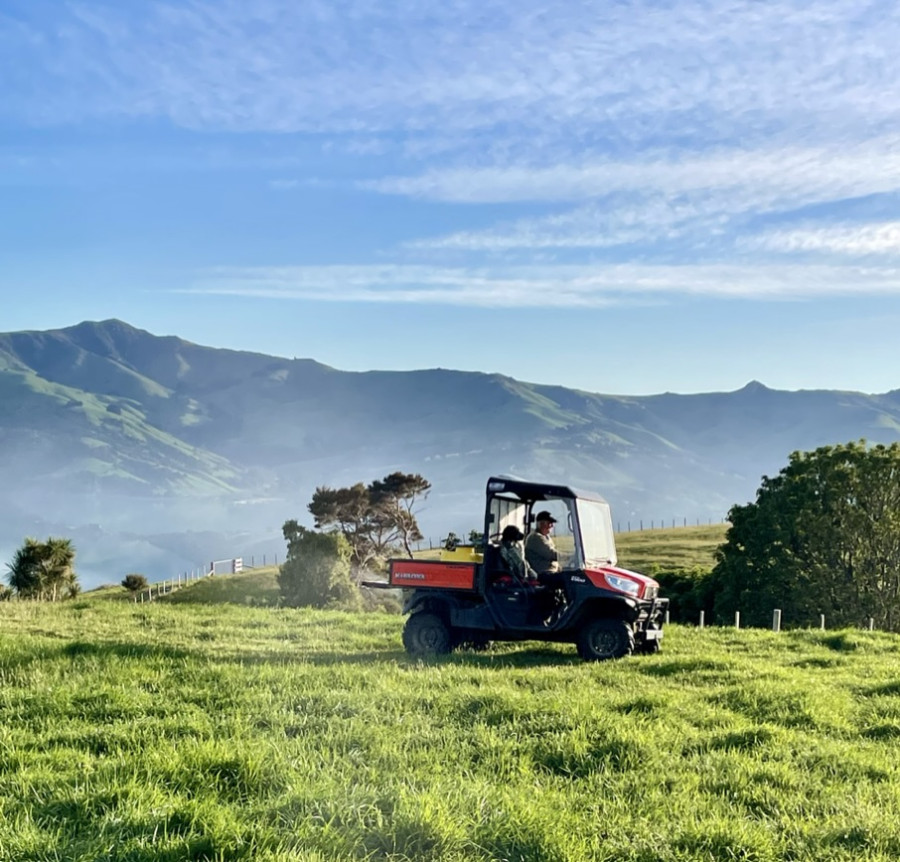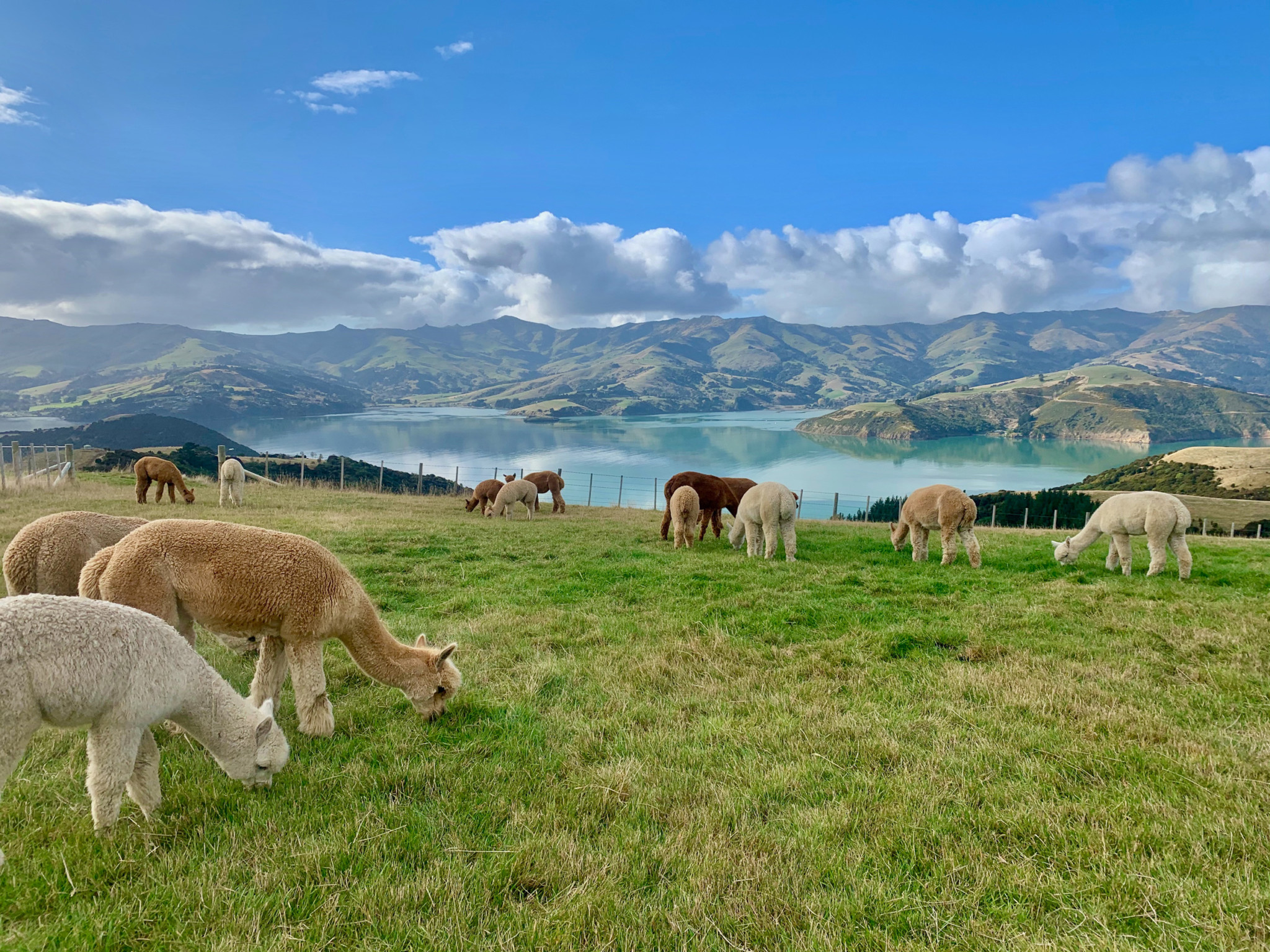As sustainable farmers here at Shamarra Alpacas, we’re conscious of our impact on Aotearoa and endeavour to care for it. With every cria born and every visitor on site, we uphold the Tiaki promise.
The Tiaki Promise is a wero (challenge or commitment) to respect and protect New Zealand and its natural beauty and resources. We’re very lucky to be positioned in beautiful Akaroa, with an idyllic spot overlooking the harbour. To look after our little patch, and to contribute to the care of Aotearoa as a whole, we follow deeply-ingrained sustainable farming and tour operator practices, and the cultural stories behind alpaca rearing is also a significant nod to our Tiaki promise.
Regenerative Farming practices
- We’re diligent about not adding chemicals to the land; we use naturally-sourced fertiliser, specifically Agrisea seaweed based products, which we have used for over 15 years.
- For our alpaca, we ensure minimal chemical input for maintaining their welfare – only on an as need basis do we drench or administer medication.
- Dung beetles were introduced to our land a number of years ago and they do an amazing job of tunnelling and depositing alpaca dung below the surface, aerating the soil and moving vital nutrients back into the soil. Check out www.dungbeetles.co.nz
- We continually plant shelter areas with flaxes, cabbage trees, aki aki and other indigenous plant varieties that suit our unique environment and growing conditions.
- We allow the natural occurrence of Kanuka to regenerate steep land areas.
- Alpaca are gentle creatures by nature, and that extends to their treatment of the earth. They don’t pull plants like most other livestock do, and their two-toes with soft pads mean minimal damage to the valuable top soil from their adorable feet. See some more details below.
- Alpaca are economic converters of feed to energy.
- The water requirements of alpaca are said to be less than other livestock, meaning we draw responsibly from Aotearoa’s water supply.
Alpaca impact on the land
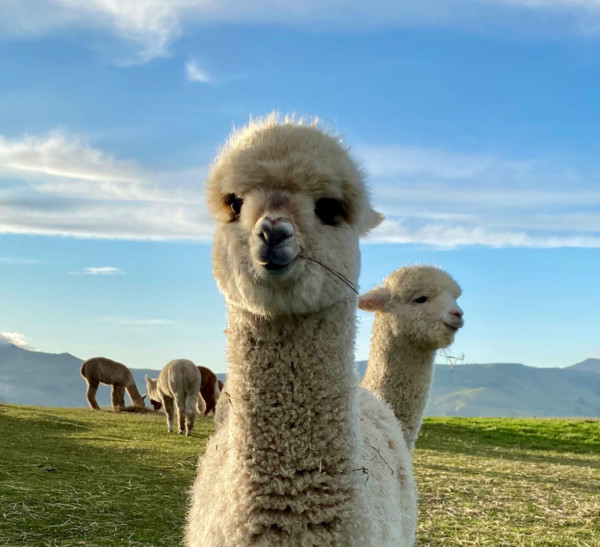
- Goats and sheep have hooves which can cause land degradation. Alpaca, on the other hand, have padded feet that are gentle and don’t harm the earth by reducing pugging, keeping it productive, safe and beautiful.
- When alpaca graze, they do not pull plants, reducing damage or destroy root systems, so land is left undamaged and plants continue growing after an alpaca has eaten it.
- Alpaca dung is recycled as fertiliser, creating a sustainable cycle and relationship with the earth.
- Alpaca are easily managed and bond well with their human carers, meaning minimal chance for harm to these precious creatures.
Alpaca fleece & its production
Alpaca fleece or wool production is a detailed process and we make sure that ours is environmentally-friendly at every step along the way.
For a start, fleece doesn’t produce lanolin (like sheep wool for example) which needs to be removed before the wool can be produced.
We do not use any shrinkproofing chemical treatments (so no chlorine solutions or polymide resins) on our alpaca. This means that less water and energy is required to prep the fleece for yarn production, connecting well to the Māori concept of kaitiakitanga, the guardianship of New Zealand’s land, sea and sky.
All our alpaca is naturally coloured which means we do not use any chemical dyes, saving precious water and energy resources.
You can learn a little more about sustainable yarns in this handy blog from one of our peers in the world of wool & fleece!
Here are the key reasons why luxurious alpaca wool production, and the knitwear it creates, helps Shamarra Alpacas fulfil our Tiaki promise: 
- Alpaca does not contribute to microplastic pollution.
- Approximately 50% of the weight of alpaca (fleece) is biogenic carbon, which means it is organic carbon that has been consumed by the alpaca in the form of grass and plants and only releases it back into the soil when it breaks down at the end of the garments life.
- Because alpaca is naturally odour resistant and somewhat stain resistant, it doesn’t require frequent washing.
- We don’t add any chemical-based dyes to our products; all Shamarra Alpaca Knitwear is proudly made from the naturally-coloured fibre of the yarn, and no dye means no water wastage, too!
 Alpaca fleece and subsequent knitwear is completely biodegradable. It breaks down naturally leaving only organic matter at the end of its life.
Alpaca fleece and subsequent knitwear is completely biodegradable. It breaks down naturally leaving only organic matter at the end of its life.- Alpaca is considered a more sustainable fibre than most, often recommended over wool and even cashmere (and we’d argue that it feels better, as well!).
- Alpaca is sourced from our herd, other New Zealand alpaca farms and farms in Australia (with shipping by container from Melbourne to Lyttleton). This locally-sourced approach means little shipping pollution.
- All knitwear production is in New Zealand, eliminating the need to transport washed fleece, yarn or garments from overseas production facilities from and back to New Zealand. This means that our carbon footprint is significantly reduced.
Our sustainable farm tour experience
We love showing manuhiri (guests) around our farm and introducing them to our beloved alpaca pals. But we take care to treat the land with respect while on tour:
- Our guided walking tour means that we determine the path our guests take, and the number of guests on tour at one time.
- We lovingly prepare home made biscuits as a treat, which means no packaging!
- All of our new product labels in our Shop are created using natural card; no dyes in printing.
- We recycle every little thing we can while our guests are roaming on site, keeping tour waste to a bare minimum.
- Our drinking water is collected from the rooves, then filtered and consumed by guests and staff alike.
- We even make the most of the septic system! After processing, clean grey water is used for pasture irrigation around the farm.
Cultural & Social Contribution
The alpaca originates in Peru, and there is a long, multi-faceted history of different peoples seeing the value in their fleece. We touch on a few of the major moments in time that have caused the alpaca to become a cultural symbol and a major sustainable icon in Peruvian culture during our farm tours and on our site.
- Aside from bringing the legends of the alpaca and its fleece to the shores of New Zealand, we also contribute to our community in other, very tangible ways.
- We provide local school with group tours to teach them about alpaca, our sustainable farming practices and how to safely interact with these gentle animals in a caring manner.
- We especially enjoy having special needs groups visit us through our local school communities.
- We offer complimentary group tours for kids affected by childhood cancer and their families.

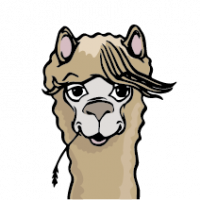 Rising Sun
Rising Sun
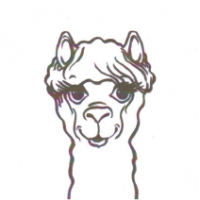 Harlequin
Harlequin
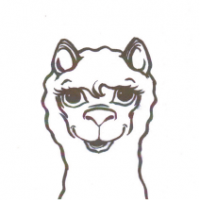 Tornado
Tornado
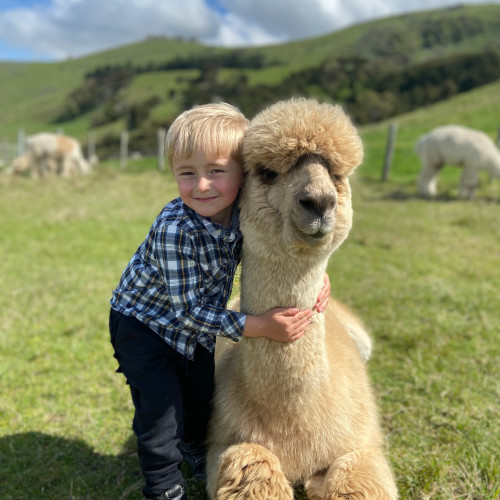
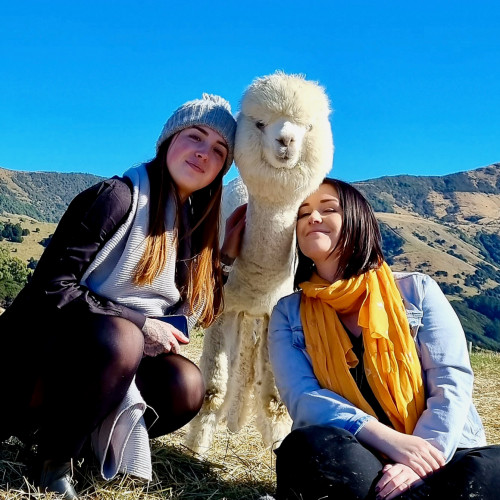
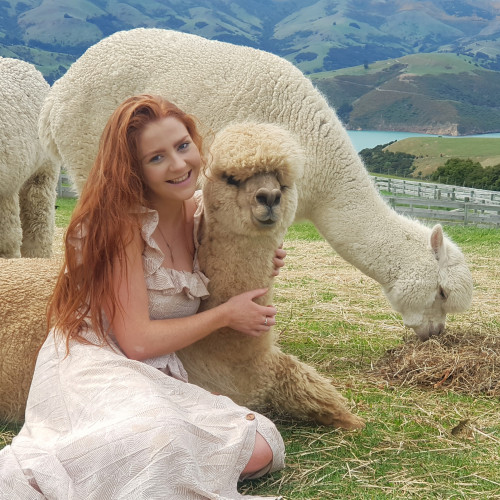
 Alpaca fleece and subsequent knitwear is completely biodegradable. It breaks down naturally leaving only organic matter at the end of its life.
Alpaca fleece and subsequent knitwear is completely biodegradable. It breaks down naturally leaving only organic matter at the end of its life.